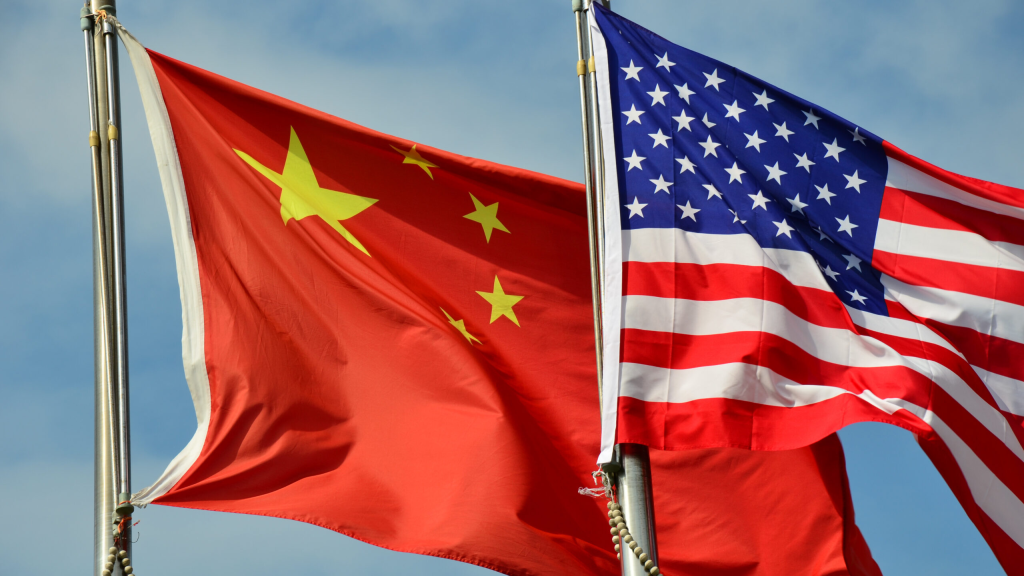Actions of Two Superpowers in Afghanistan: Constructive or Destructive?
DIDPress: While American forces were dropping bombs and NATO was struggling to withdraw, China was building something far more enduring.

Pakistan Today reported that while the West devastated Afghanistan through decades of war, drone strikes, and foreign occupation, China chose a different path — one that was quiet, strategic, and respectful. As U.S. forces dropped bombs and NATO grappled with its exit, China was constructing something far more sustainable: relationships, trust, and long-term partnerships — not with governments or factions, but with the people themselves.
China never interfered in Afghanistan’s internal conflicts. It did not support one militia against another or try to redesign Afghanistan according to its own vision. Instead, it engaged with farmers, miners, traders, and workers — those who hold a real stake in the nation’s future. China issued no ultimatums nor demanded loyalty. It offered trade, development, investment, and a shared vision rooted in mutual interests. While the West saw Afghanistan as a battlefield, China viewed it as a bridge. And now, that vision is taking shape.
On May 21, a notable “informal” meeting in Beijing brought together the foreign ministers of China, Pakistan, and Afghanistan. Beyond the formalities and smiles, this marked a strategic milestone: the decision to extend the China-Pakistan Economic Corridor (CPEC) into Afghanistan. The move not only has the potential to transform the region but also offers Afghanistan a real opportunity for peace — on Afghanistan terms.
The China-Pakistan Economic Corridor, which has already transformed Pakistan with highways, ports, power plants, and rail links, is now evolving to include Afghanistan — not as a dependent country but as a vital partner. This is about more than infrastructure; it’s about integration. Roads connect not only cities but economies. Corridors connect not only markets but destinies.
Crucially, the emphasis is not only on “hard” connectivity — rails, roads, ports — but also on “soft” connectivity: regulatory harmonization, trade facilitation, ease of movement for people, and respect for local customs and social structures. This is a nuanced and sophisticated model, one that calls not for political alignment but for economic alignment.
Within this spirit of integration, other stalled regional initiatives are being revitalized — CASA-1000, TAPI, and Afghanistan’s national railway — each poised to support energy sharing, trade expansion, and regional mobility.
What sets China apart is its commitment to allowing Afghanistan to rebuild based on its own cultural, social, and religious conditions. There is no political engineering, no social or cultural interference. China offers no blueprint to impose but extends a hand to elevate. In a land long scarred by foreign meddling, such approach matters.
The principle of non-interference — emphasized by all three parties — further highlights the maturity of this partnership. Where others sought to rule, this alliance seeks to support.
This transformation also sends a subtle but clear message to powers like the United States and the broader West: peace is not built through pressure or presence, but through partnership.
Perhaps this is also a moment for reflection. What has military intervention achieved that peaceful development cannot surpass? What has isolation created that connectivity cannot heal? Once viewed as a crossroads of conflict, Afghanistan is now poised to become a corridor for cooperation.
Afghanistan is ready to become a hub connecting South Asia to Central Asia, the Middle East, and beyond.
This hope is not distant; it is an emerging reality. Under China’s guidance and through regional cooperation, Afghanistan is no longer the forgotten battlefield of the world. It is becoming the new bridge of the world — linking civilizations, reviving ancient trade routes, and lighting a path toward shared peace and prosperity.